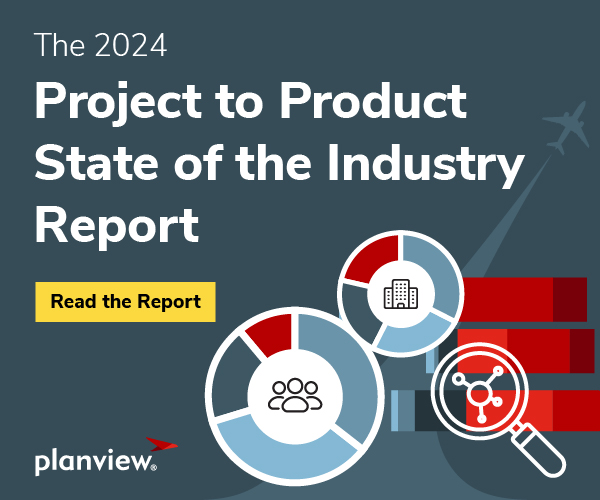
Have you ever noticed that when you go to the doctor—be it your primary care doctor, a dermatologist, or an orthopedist—they always start by measuring your vital signs? They’ll measure your weight, blood pressure, and temperature. Once a year, your doctor will send you to the lab for blood work. And in recent years GPs have also added a questionnaire on your emotional state.
These are the primary metrics to gauge your overall health. These six vital signs are the most important medical signs that indicate the status of the body’s life-sustaining functions. Your vital signs will always be taken into account when you describe your symptoms. And if any of your vitals are trending negatively or outside the normal range, your doctors will recommend to drill down into a specific area with deeper testing and analysis.
As an IT leader, you also need a set of vital signs to put above all other metrics. Before ordering tests and analysis similar to X-rays, MRIs, CTs, and EKGs into the specific disciplines of your software delivery organization (like quality, development, release, operations, and service), you need to understand the overall health of your product value streams.

Flow Metrics are the vital signs for software delivery, as they provide a clear indication of whether your flow of business value through your value streams is healthy, trending positively, and can support the business results you’ve targeted (like revenue, customer retention, faster time-to-market).
Built on modeled cross-tool data, Flow Metrics are captured from the complete body of work generated by all the teams and departments contributing to business value creation and protection. They reveal where work is slowing down and not flowing well, pointing you to potential systemic bottlenecks. Rallying around those constraints with people, technology or process change can unblock flow for the entire value stream.
As with the human body, diagnosing the ailment causing work to slow down and healing that specific underperforming function will require detailed metrics on that specific discipline. Unlike Flow Metrics, which are built on cross-tool data, discipline-specific metrics can often be provided by the specific tool used to perform that function (such as sprint velocity in an Agile Planning tool).
However, discipline-specific metrics shouldn’t be confused with vital signs. Proxy metrics that measure a specific silo are only meaningful if the silo itself is the bottleneck. Jeff Bezos urged his shareholders to resist proxies for decision making. Instead, you must always come back to the vital signs— the metrics that directly correspond to business outcomes.1
Measure what matters in software delivery…
Traditional organizations have no real form of measurement that can tell organizations if investments in their digital transformation are working – until now.
Flow Metrics—from Dr. Mik Kersten’s the Flow Framework™—provide business and IT leadership with a critical window into the enigmatic world of enterprise software delivery.
These business-level metrics provide a common language between business and IT so you can make collaborative decisions around software delivery to achieve innovation velocity.
- Learn more about each Flow Metrics
- Measure what matters in software delivery
- See real-life examples of Flow Metrics in action
- Begin your journey from project to product

Discuss a health check for your software delivery organization.
Drop one of our friendly flow advisors for an informal chat!




